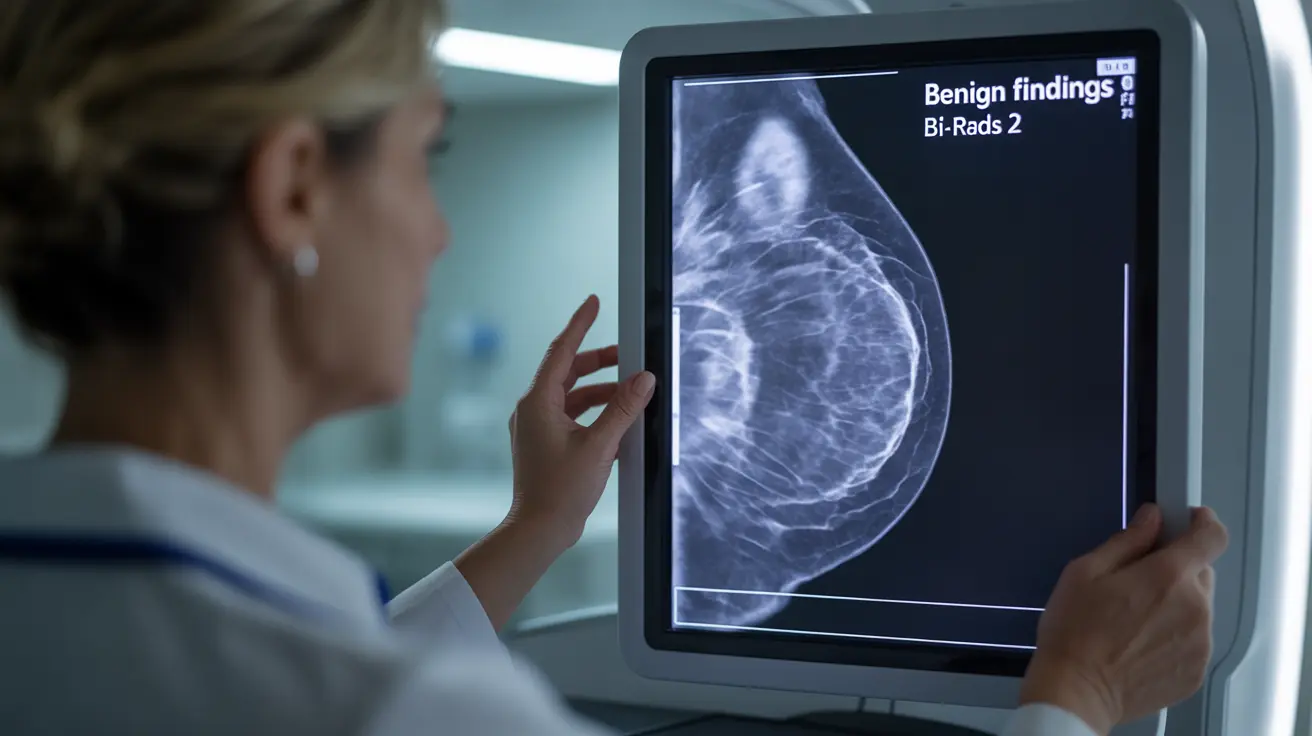Creatinine clearance is a test that helps assess kidney function by measuring how efficiently your kidneys remove creatinine, a waste product, from your blood. Abnormal creatinine clearance results can offer insights into potential kidney problems or other underlying health conditions.
Low Creatinine Clearance:
- Chronic Kidney Disease (CKD):
- Low creatinine clearance is often associated with CKD, where the kidneys gradually lose their ability to filter waste.
- Acute Kidney Injury (AKI):
- Sudden drops in clearance levels can indicate acute kidney damage, possibly due to infections, toxins, or severe dehydration.
- Heart Failure:
- Poor heart function can affect kidney perfusion, reducing creatinine clearance.
- Medications:
- Some medications, like nonsteroidal anti-inflammatory drugs (NSAIDs), can impair kidney function.
High Creatinine Clearance:
- Increased Muscle Mass or High Protein Diet:
- High creatinine levels are sometimes observed in individuals with significant muscle mass or those consuming high-protein diets.
- Pregnancy:
- During pregnancy, creatinine clearance may increase as kidney function adjusts to support both the mother and fetus.
Treatment Options:
- For Low Clearance:
- Managing underlying conditions such as CKD through lifestyle changes, medications, and, in severe cases, dialysis.
- For High Clearance:
- Treatment is usually not necessary unless associated with another condition. Monitoring may be advised.
c)Estimated Glomerular Filtration Rate (eGFR):
This test provides a more accurate measurement of kidney function, often used alongside creatinine clearance to assess the severity of kidney damage.
Estimated Glomerular Filtration Rate (eGFR)
- Blood Urea Nitrogen (BUN) Test:
To evaluate overall kidney function, the BUN test can help identify issues with waste removal.
Blood Urea Nitrogen (BUN)




